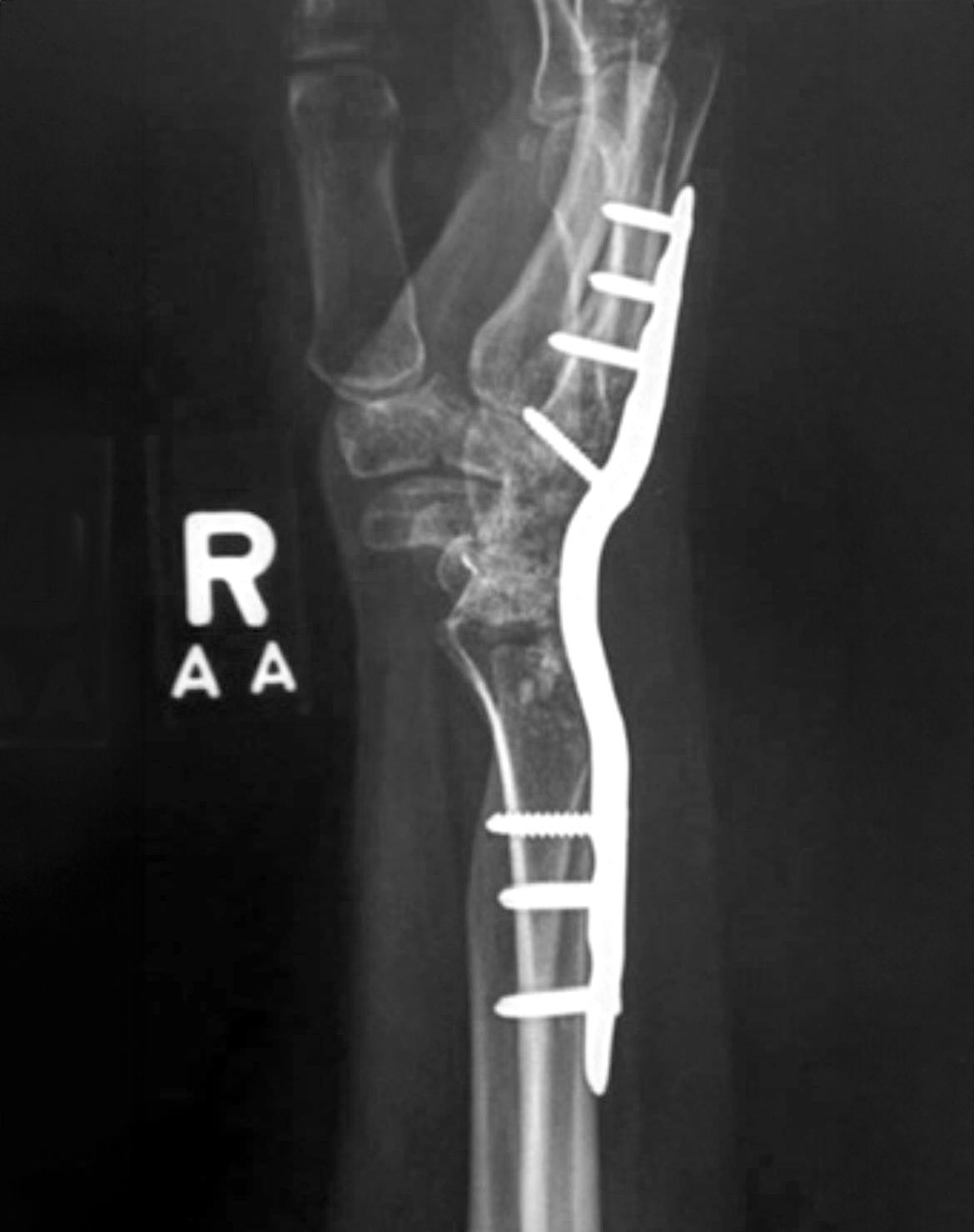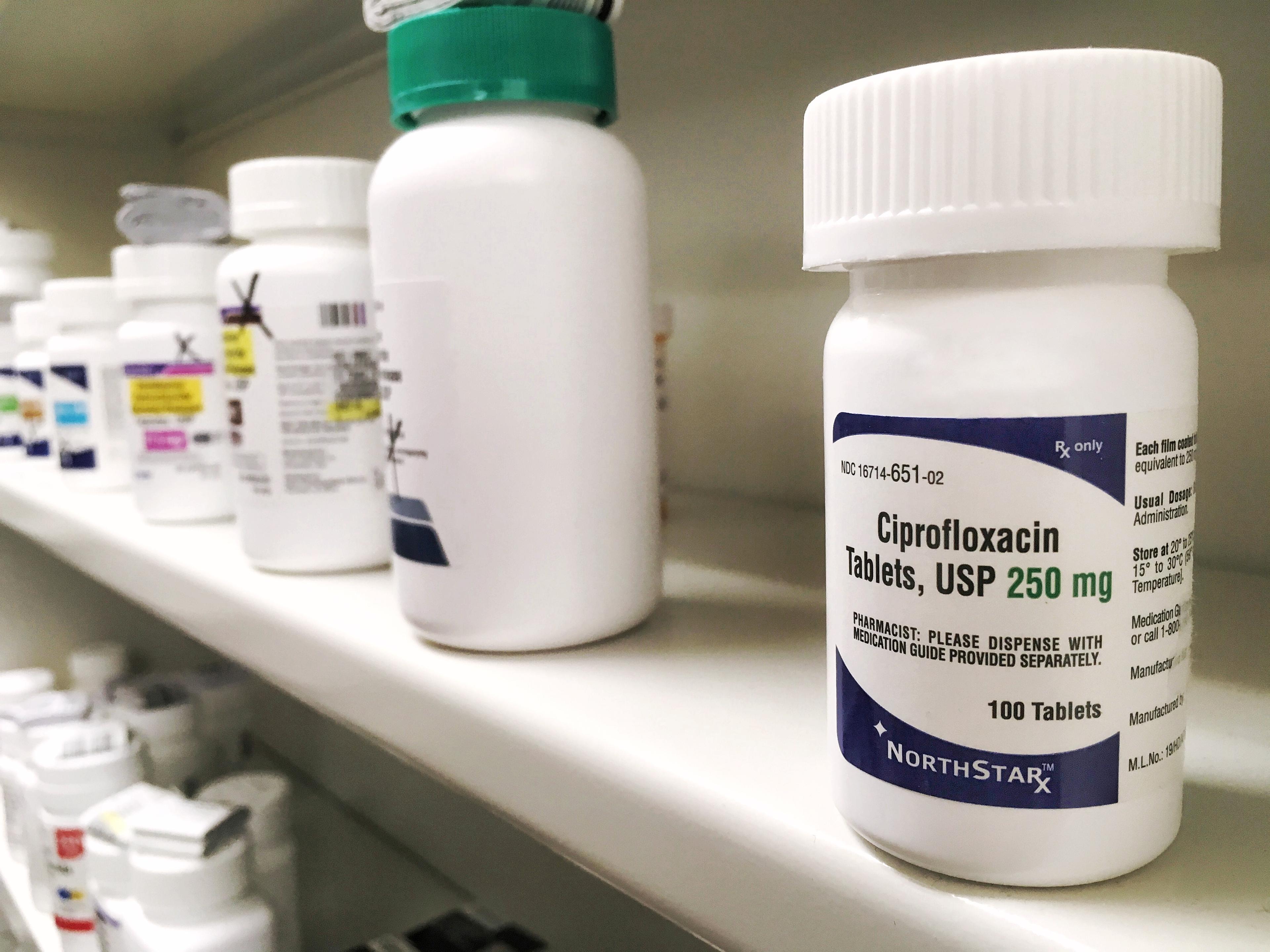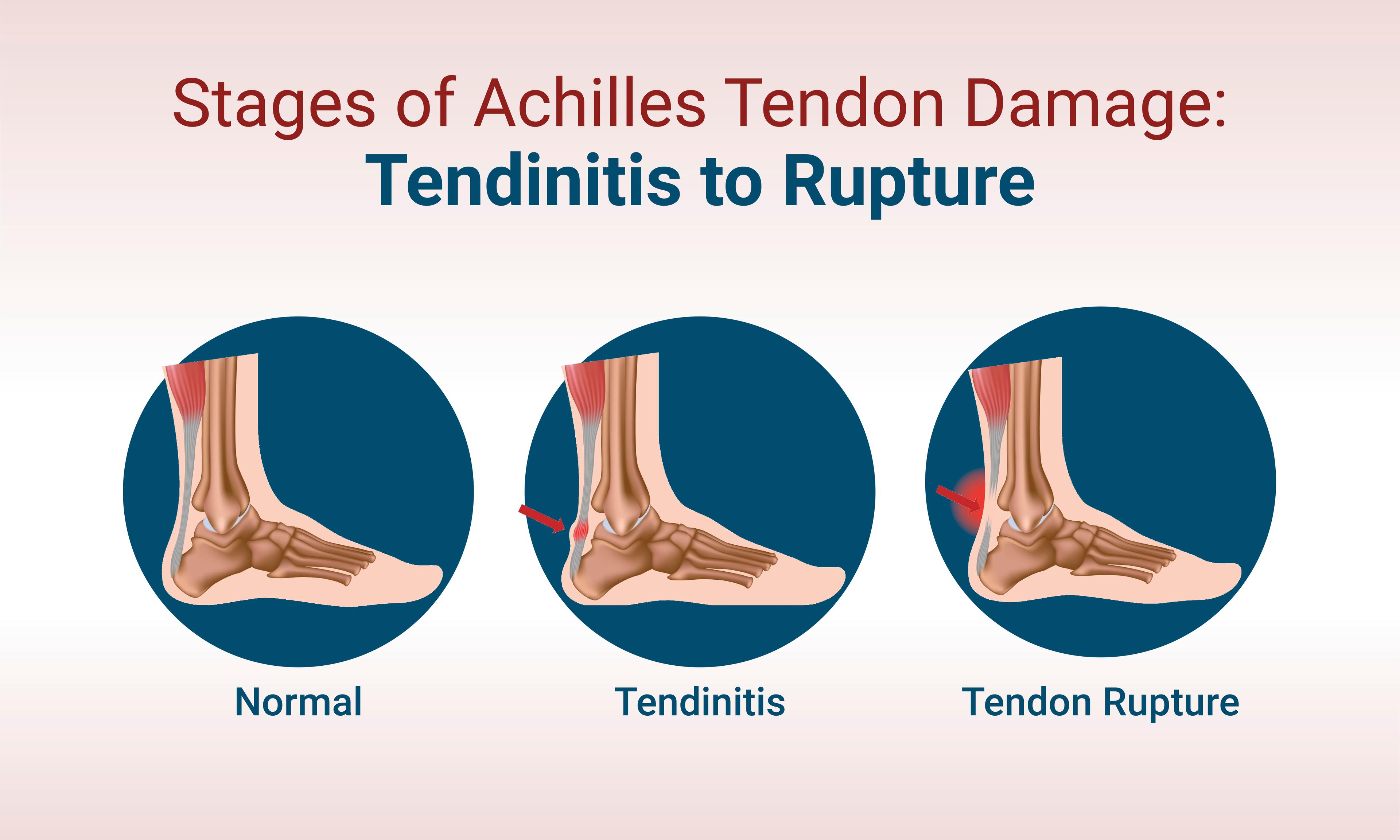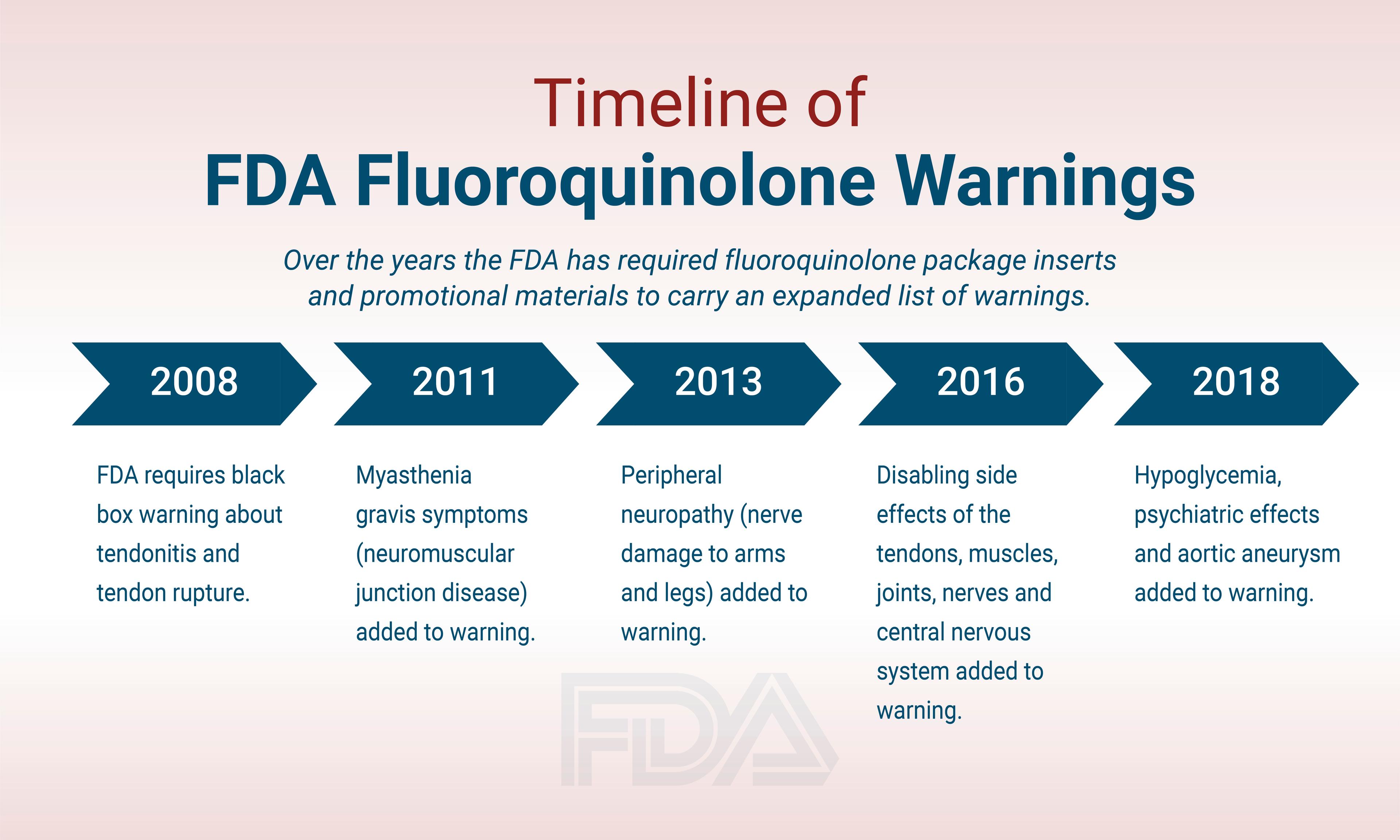In 2011, Lesley Yates, a vibrant mother and teacher’s aide, suffered a medical crisis after receiving a routine antibiotics prescription for a suspected urinary tract infection. The aftermath left her with severe tendon injuries, culminating in a premature transition to permanent disability at the age of 54.
Several doctors and experts dismissed her symptoms, Ms. Yates told The Epoch Times. Her story highlights the critical but underreported adverse effects associated with fluoroquinolone antibiotics—and the medical problems that arise in the absence of clear warnings of their risks.
Fluoroquinolones: Potency and Risk
Fluoroquinolones, including ciprofloxacin (Cipro), levofloxacin (Levaquin), and moxifloxacin (Avelox), are powerful antibiotics designed to battle various bacterial infections—from urinary tract and respiratory infections to dermatological conditions.


Fluoroquinolones are broadly effective and can reach deep into tissues to combat bacteria, which made them increasingly popular among doctors after their Food and Drug Administration (FDA) approval in 1980. They also require fewer doses than some other antibiotics, making them convenient for patients to use.
Fluoroquinolones possess the ability to disrupt bacterial DNA replication and stop bacterial growth.
“Fluoroquinolones are fluorinated antibiotics,” explained Dr. Mark Ghalili, a board-certified internal medicine specialist and founder of Regenerative Medicine LA. “This fluoride component allows the drugs to penetrate the central nervous system.”
Despite their widespread use, fluoroquinolones face increasing scrutiny for their side effects in virtually all bodily systems.
Those suffering from fluoroquinolone toxicity are colloquially known as having been “floxed.” They experience a spectrum of debilitating conditions, including tendon ruptures and severe neurological and psychological effects, often leading to irreversible impairments.
Fluoride’s Fallout: How Fluoroquinolones Damage Mitochondria
Many patients with severe side effects from fluoroquinolones encounter skepticism from health care professionals, who regularly dismiss any correlation between the medication and patient symptoms.
Dr. Ghalili has personal experience with these drugs’ harmful effects: A Cipro prescription in 2016 for a minor infection left him wheelchair-bound during his medical residency. His subsequent healing, supported by alternative and regenerative therapies, inspired his dedication to aiding others in navigating fluoroquinolone side effects, moving beyond mere symptom relief to tackle the underlying causes of fluoroquinolone-related disease.
Dr. Ghalili discusses the understated dangers of fluoroquinolone antibiotics in a video on his YouTube channel, Regenerative Medicine LA, and underscores their capacity to cause cellular turmoil—especially the disruption of critical enzymes and harm to mitochondria, the powerhouses of cells.
In the video, Dr. Ghalili said that “fluoroquinolones disturb DNA gyrase [an essential bacterial enzyme], triggering tendon injuries and mitochondrial dysfunction,” and he urged a reevaluation of these liberally prescribed drugs within the medical field.

According to Dr. Ghalili, the core problem lies in the drugs’ fluoride content, which enables deep access to the central nervous system and mitochondria, where it can impair cellular operations and cause muscle weakening.
“Fluoride is the root of the problem for individuals with fluoroquinolone toxicity,” Dr. Ghalili said.
“The most important thing to remember about Cipro and Levaquin toxicity is that its effect is cumulative. Patients may look normal, but internally, there’s significant mitochondrial damage.”
He also pointed to the drugs’ hidden but significant side effects. Symptoms may eventually emerge in such patients, including persistent disturbances in energy production, plaguing them for years after taking the medication.
Insufficient Action: The FDA’s Underwhelming Response
The FDA’s first significant step to regulate fluoroquinolones occurred in July 2008, when it introduced a “black box” warning—its sternest advisory—to notify health care providers and patients about the risks of tendonitis and tendon ruptures. This initiative spearheaded a sequence of actions to reduce their usage, including a 2013 update due to their potential to cause irreversible nerve damage.
By 2016, the FDA further intensified warnings for all systemic fluoroquinolone antibiotics, stressing their dangers and recommending that they be reserved for conditions lacking alternative treatments.
The psychological risks of fluoroquinolone medications have generated increasing concern. In June 2019, the Southern Network on Adverse Reactions, led by Dr. Charles Bennett—a physician known for his research on preventing adverse drug events and enhancing drug safety—submitted a petition to the FDA requesting a black box warning for the psychiatric risks associated with fluoroquinolones, including the potential for suicide.

Despite supporting testimony from more than 100 affected individuals, the FDA rejected the petition, contending that current labeling adequately communicated the drugs’ hazards and stating its apprehension that further warnings could limit access to these antibiotics for critical infections. The FDA’s response has frustrated advocates, who contend that the psychiatric risks, especially regarding suicide, are not being effectively conveyed to fluoroquinolone recipients.
Ignoring the Dangers
Even with increasing recognition of their hazards, fluoroquinolones are still prescribed at concerning levels in the United States. In 2019, 13.7 million Americans received these drugs, down from 18.7 million in 2015. A 2018 study indicated that many of these prescriptions were unnecessary, stating that “analysis suggests that a quarter of FQ prescriptions were given for conditions for which no antibiotics are indicated, or for which FQ are not recommended first-line therapy.”
A search of the FDA’s Adverse Event Reporting System (FAERS ), concentrating on the three most commonly prescribed fluoroquinolones, reveals the ongoing effects of this drug category. In 2023, the database showed 7,288 adverse event reports and 779 death reports associated with these three antibiotics—a significant increase from the 340 such fatalities reported to FAERS in 2016.

In correspondence with The Epoch Times, the FDA stated that the FAERS database, which catalogs adverse events and medication errors, doesn’t verify drug culpability for reported issues; adverse effects could also arise from underlying conditions, concurrent medications, or other variables, with the database potentially containing duplicates or incomplete entries.
- Physicians, overwhelmed by a high volume of drugs and their safety updates, may not be fully aware of the risks.
- The affordability of fluoroquinolones, compared to newer, more expensive antibiotics, and their broad-spectrum efficacy make them an attractive choice.
- Some doctors prioritize immediate bacterial eradication over potential side effects.
Voices of the Affected
The personal accounts of individuals affected by fluoroquinolones illustrate the drugs’ capacity for destruction. Ms. Yates’s story resonates with thousands of adverse reaction sufferers who turned to resource sites such as Floxie Hope or joined social media support groups, such as the Fluoroquinolone Toxicity 24/7 Live Chat Group on Facebook.Nine years after taking these antibiotics, Ms. Yates still battles ongoing tendon ruptures that cause persistent disability and pain. Her exhaustive journey—seeing countless specialists and undergoing various treatments, ranging from physical therapy to acupuncture, without attaining relief—highlights the health care system’s inability to effectively treat the harms of fluoroquinolone use.
“No one can figure out how to stop my tendons from tearing,” said Ms. Yates, conveying the frustration and hopelessness expressed by many with this condition.
Ms. Yates also faces the psychological effects of her constant pain and her struggle to maintain social and familial connections.
“It’s frustrating, humiliating, and it causes a type of depression that cannot be described,” she said.
Yet, amid these trials, her strength and resolve, bolstered by a community united by fluoroquinolone toxicity, shines through.
Kieri Beam, a 32-year-old nurse, has experienced fluoroquinolone toxicity that resulted from a 2017 prescription for Ciprodex ear drops, which unexpectedly led to optic neuritis.
“I was told it was ‘anxiety,’ though I knew that wasn’t the answer,” she said.
In 2018, Ms. Beam’s condition deteriorated after an urgent-care physician prescribed ciprofloxacin for a urinary tract infection, despite her reservations.
“Three pills in, I was feeling pain in my spine, hips, and shoulders,” she said. The following day, Ms. Beam realized, “The healthy body I lived in for 26 years was gone.”
In her quest for help from health care providers, she has encountered skepticism and ignorance about the drug’s adverse effects.
“I was offered no guidance, no treatment, no cure, no answers,” Ms. Beam said.
The physical and mental toll of her experience has been profound.
“The psychological impact of Floxing has been devastating and utterly merciless,” Ms. Beam said.
Along with her ongoing physical symptoms, including Achilles tendon pain, brain fog, auditory hallucinations, and neuropathy, her emotional scars underscore the severity of her condition.

Cardiologist Evan Levine recently highlighted, in a TikTok post, the severe risks associated with fluoroquinolone antibiotics, citing the tragic case of renowned singer Bobby Caldwell, who died of complications related to fluoroquinolone toxicity in 2023. Mr. Caldwell’s untimely death prompted Dr. Levine to suggest the term “Bobby Caldwell Syndrome” for this condition.
Dr. Levine detailed how Mr. Caldwell suffered bilateral tendon ruptures only seven days after beginning the medication, and emphasized that this condition is under-recognized.
“It needs a name,” he told The Epoch Times.
Finding Hope: New Avenues for Fluoroquinolone Recovery
For individuals dealing with fluoroquinolone toxicity, the prevailing approach has largely focused on symptom management, without offering a definitive route to recovery. However, new treatments—pioneered by Dr. Ghalili and others—kindle hope and indicate that recovery could extend beyond mere symptom control to possibly reversing the harm incurred.Dr. Ghalili has guided more than 1,000 individuals to healing from fluoroquinolone toxicity and other chronic conditions, including notable figures such as Robert F. Kennedy, Jr. and Dr. Andrew Ordon, earning widespread recognition for his expertise.

“Every patient is unique and different when it comes to fluoroquinolone toxicity,” Dr. Ghalili said, emphasizing the importance of a customized treatment plan, based on scientific studies and data, to repair damaged mitochondria.
He said success rates for his treatment programs are promising, with most patients reporting noticeable symptom improvement within 30 to 90 days.
Dr. Ghalili represents hope for many battling fluoroquinolone toxicity, a condition that has left innumerable individuals feeling invisible and misunderstood. Drawing from his personal journey of recovery, his advocacy and medical practice validate the struggles faced by those affected.
“People don’t journey across the country, or even the globe, seeking treatment that isn’t covered by insurance without genuine need,” he said.
Highlighting the human capacity for resilience and recovery, Dr. Ghalili conveys an essential message: “Never lose hope. The mind is instrumental in the healing process.”
Reporting remarkable recoveries, he said that “our bodies are powerful healing machines that can overcome any obstacle.”
Ms. Beam also extended her heartfelt advice to others injured by fluoroquinolone antibiotics, highlighting the crucial roles of advocacy, self-care, and communal support in overcoming their destructive effects.
“From the bottom of my heart, I am so sorry this happened to you,“ she said. ”Please, take it one day at a time and keep going.”
















